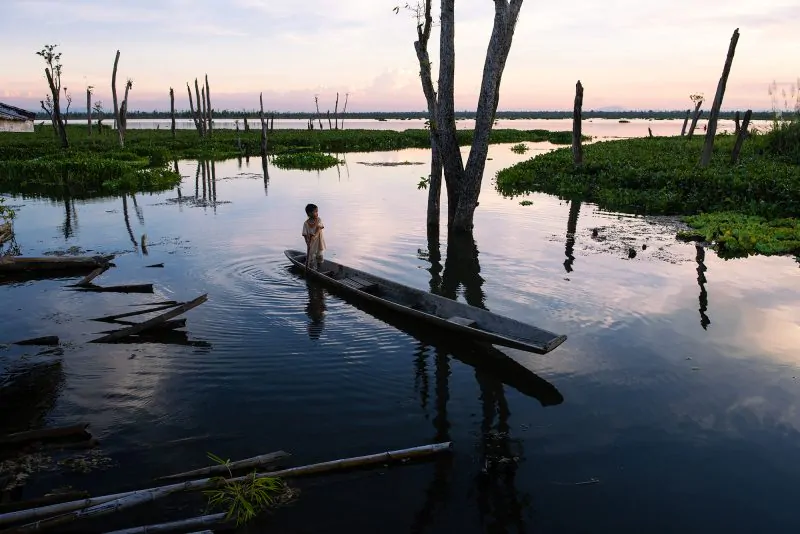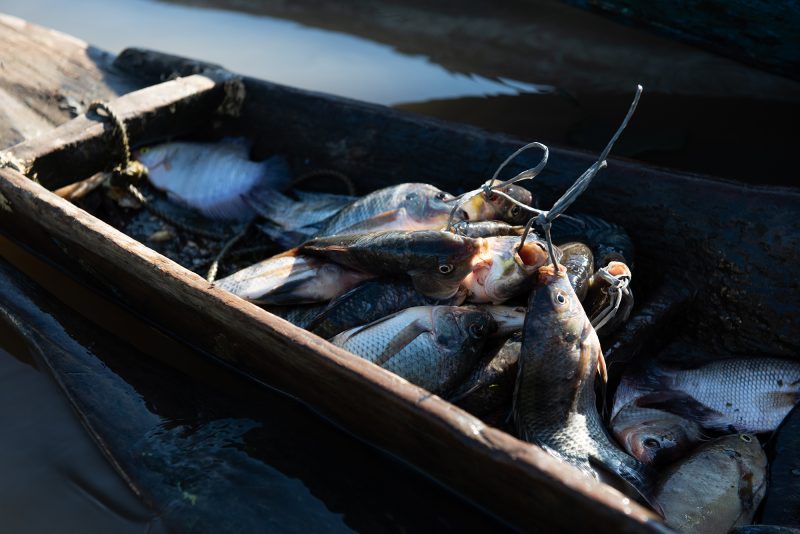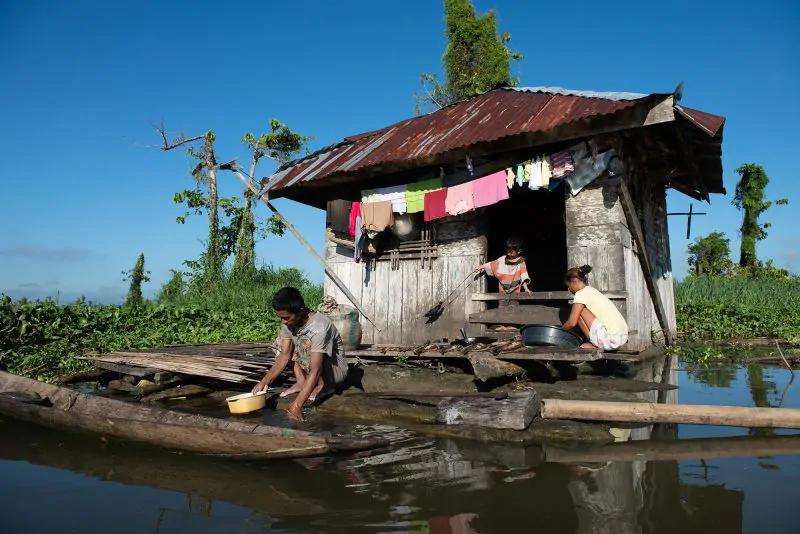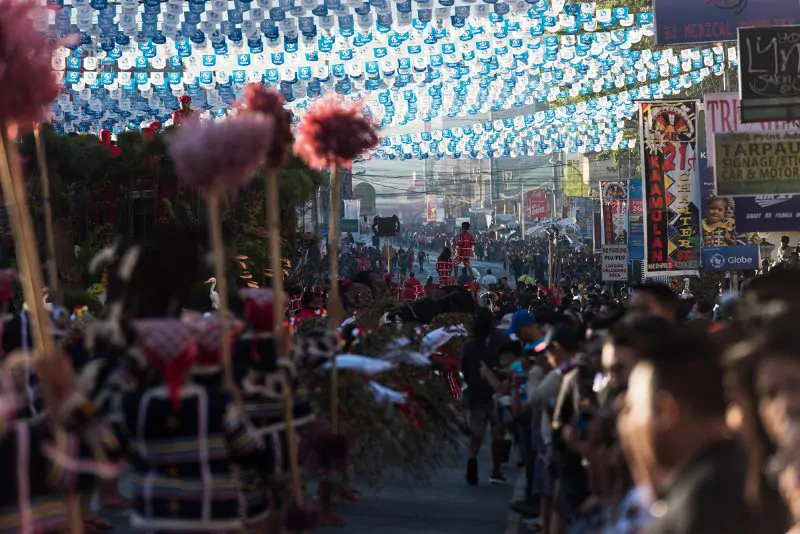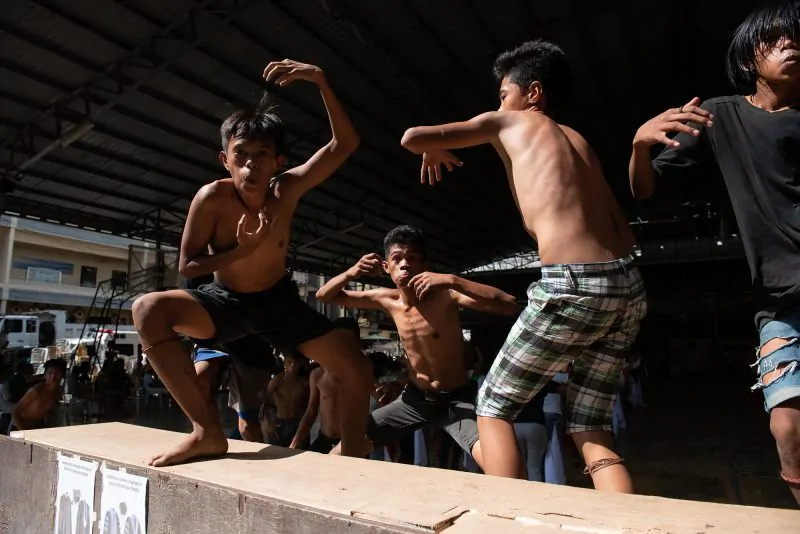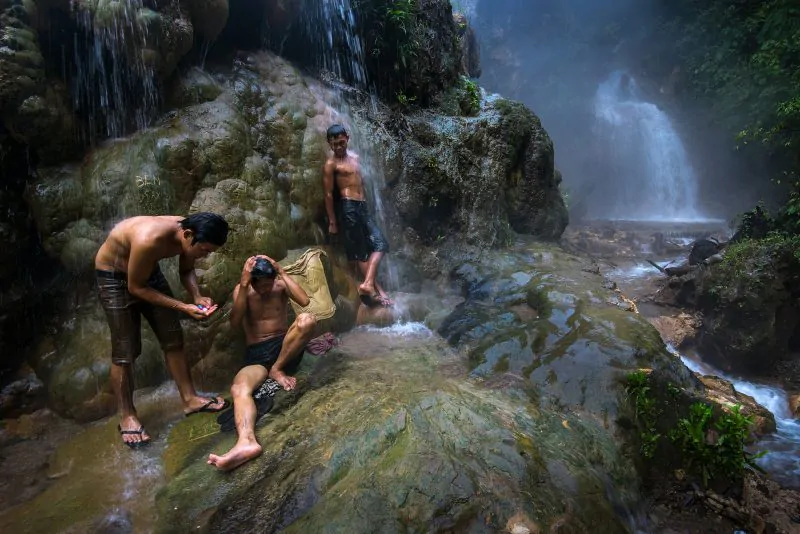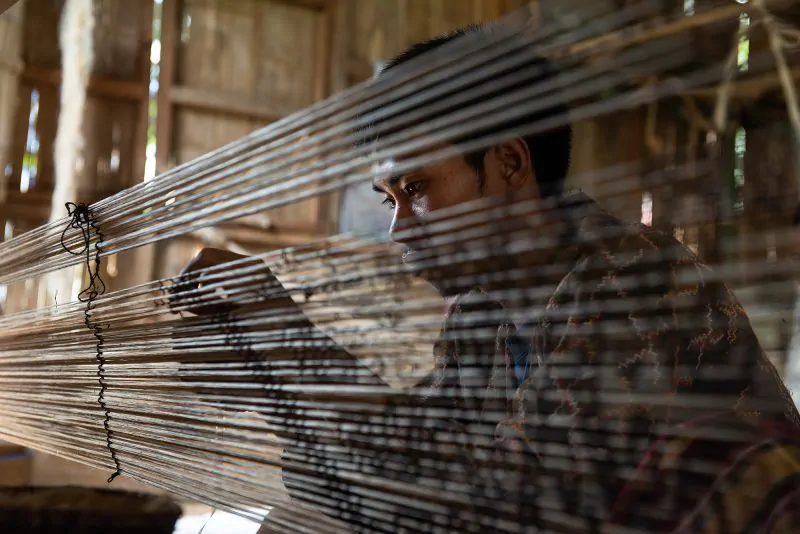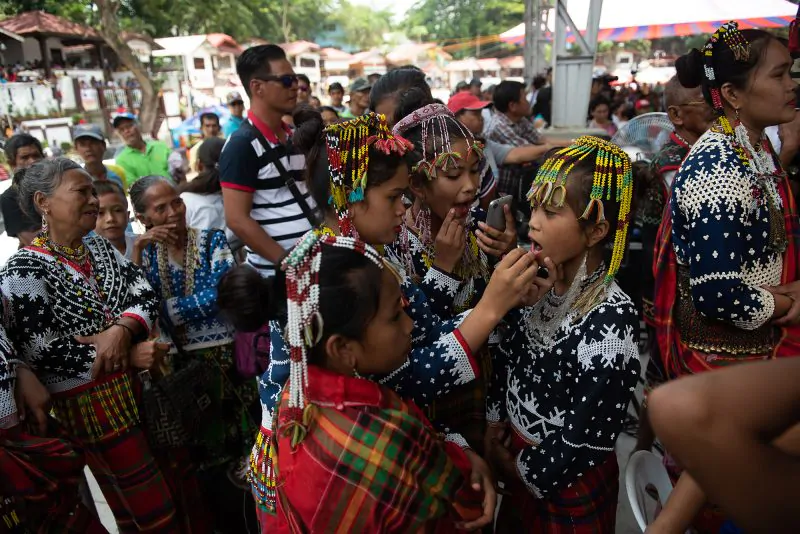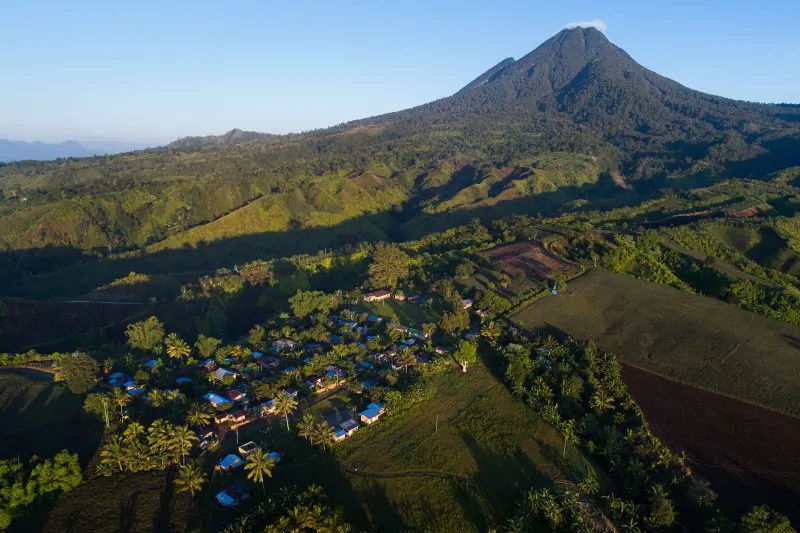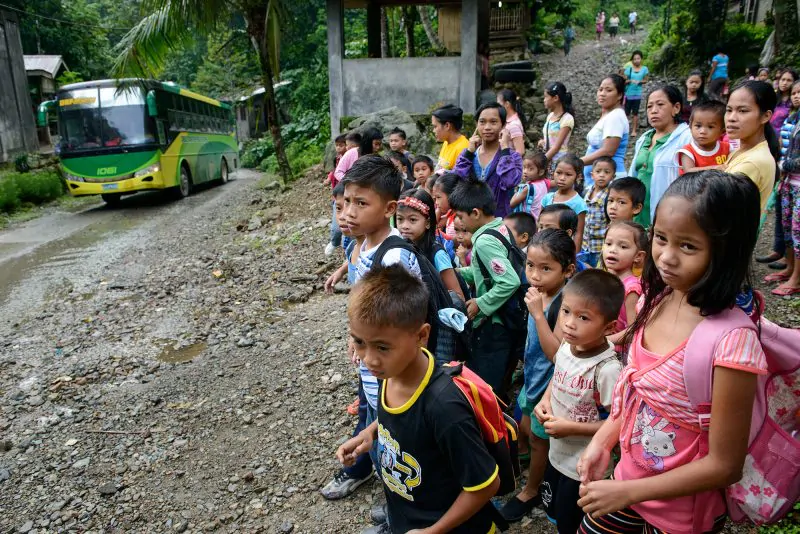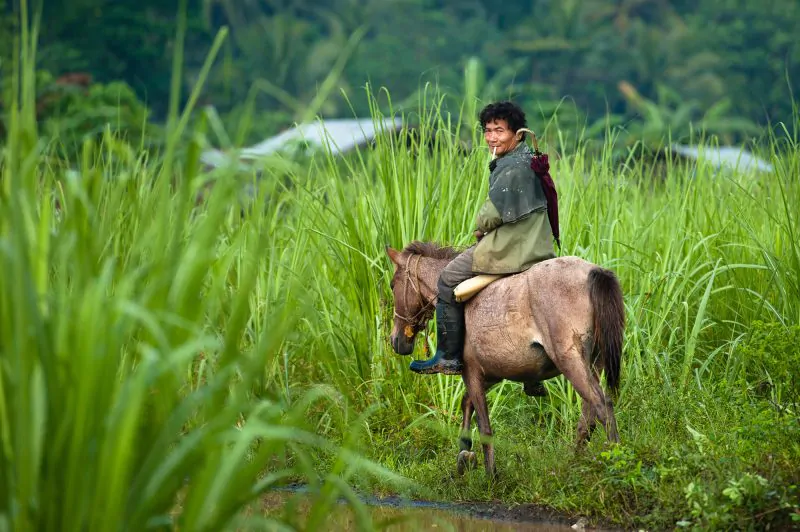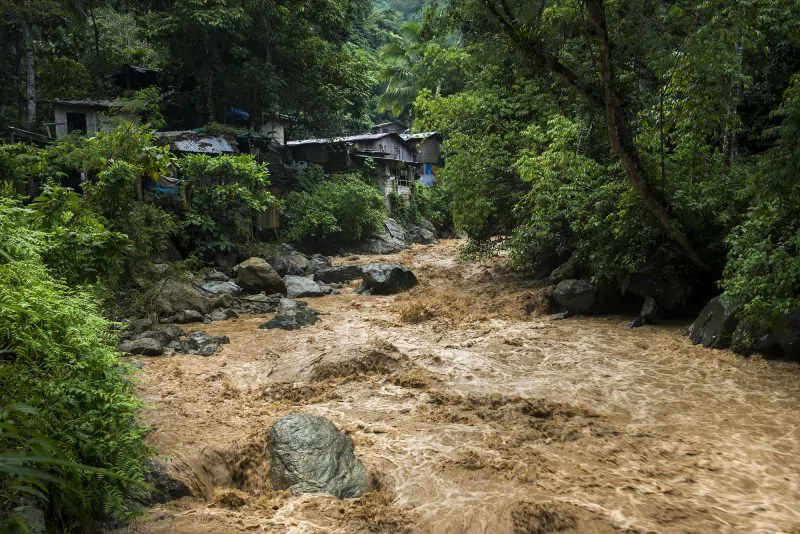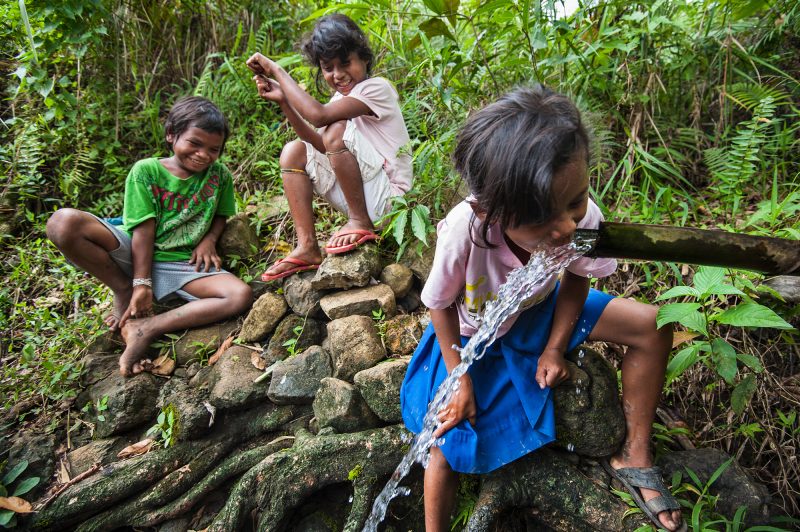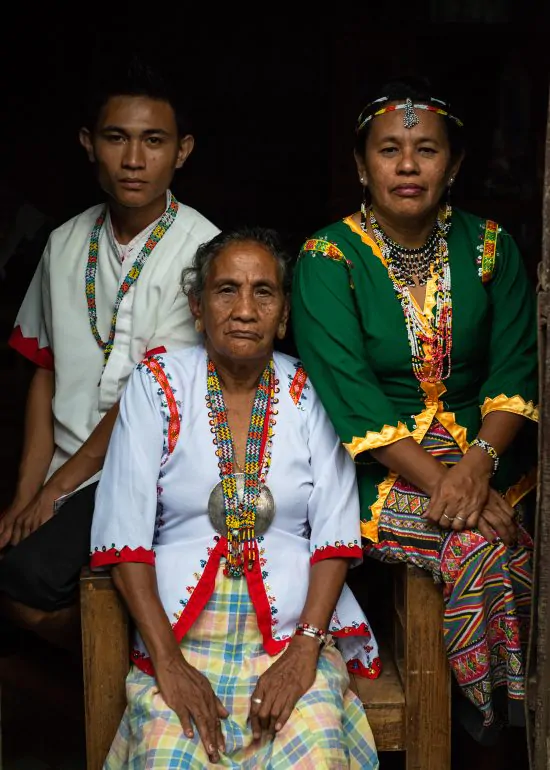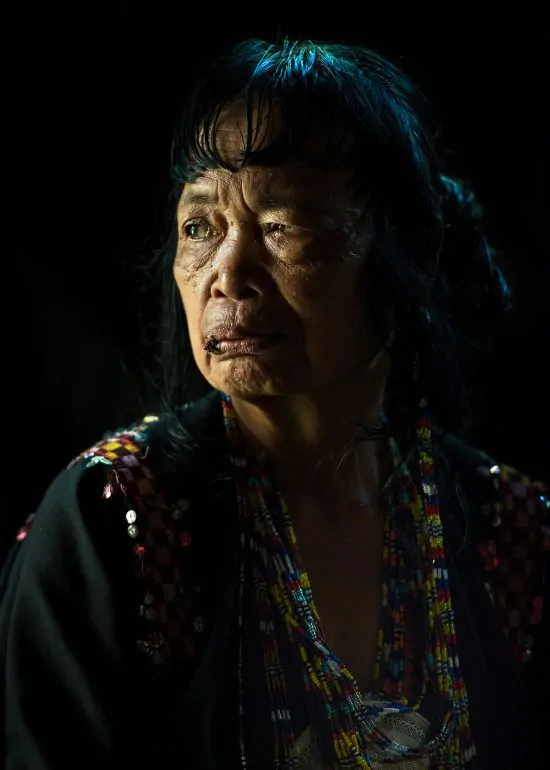Lumad Mindanao
Lumad Mindanao
Lumad is a collective term, used since 1986, for a large number of indigenous peoples in Mindanao. There are 18 major lumad ethnolinguistic groups whose traditional lands range from mountainous forests, valleys, plains and coastal areas. Lumad culture and traditions are as rich and diverse as their lands. As elsewhere in the Philippines, powerful commercial interests such as logging, mining, and large agribusiness have devastated much of the lumad homeland. Over time many lumad groups have been forced to shift from a seminomadic lifestyle farming rice and hunting, to cultivating cash crops such as corn, copra, coffee, and cacao, or working for large companies. Despite continued marginalization and abuses, indigenous peoples have managed to thrive in the multi-ethnic and changing political landscape that is Mindanao.
The term Lumad resulted from a desire among Mindanao’s indigenous minorities to free themselves from the derogatory labels and names otherwise attributed to them. In 1999, historian Rudy Rodil wrote: “The name Lumad grew out of the political awakening among them during the martial law regime of President Ferdinand Marcos. In June 1986, representatives from 15 tribes agreed to adopt a common name in a congress which also established Lumad Mindanao. This is the first time in their history that these tribes have agreed to a common name for themselves, distinct from the Moros and from the migrant majority.”
“We live peaceful and free. We respect the earth, the mountains, and the rivers. They give us our food, our shelter, and our medicine. Our land is our life”
Bai Ellen, Matigsalog
To read more about my time spent in some of these communities please see the following posts:
The Mansaka of Compostela Valley
Into the Mountains with the Tigwahanon Manobo
email: [email protected] |
© 2025 Jacob Maentz